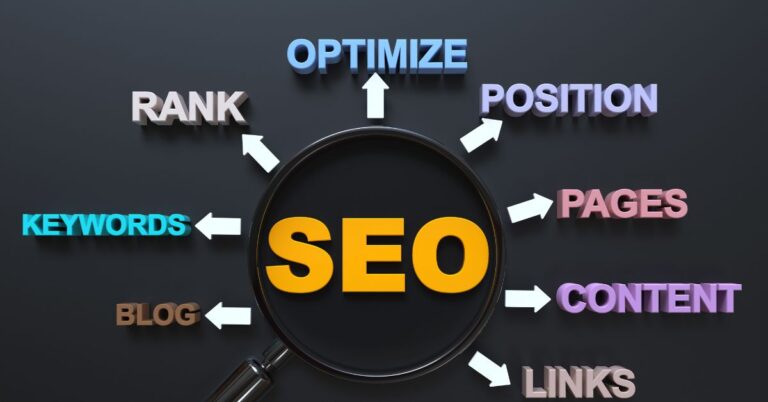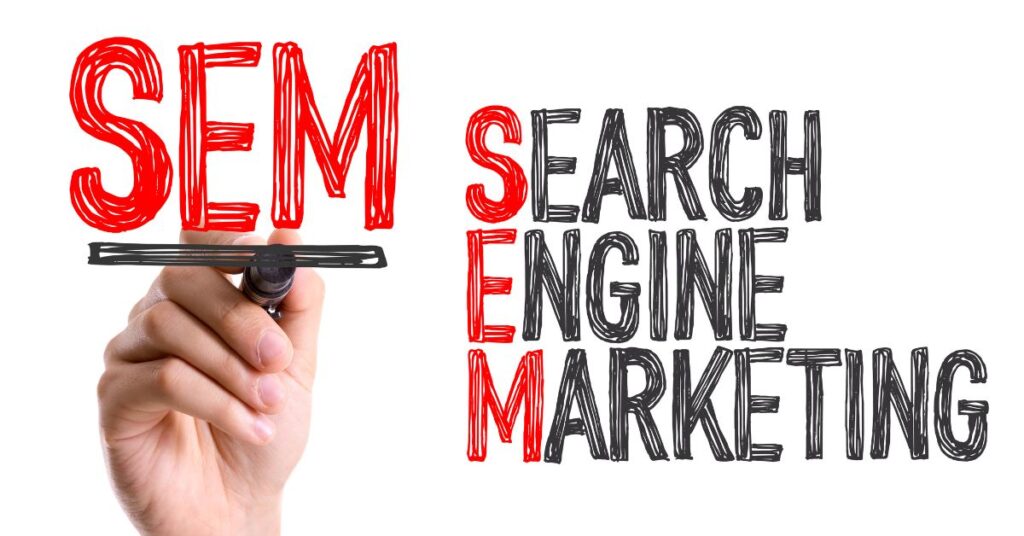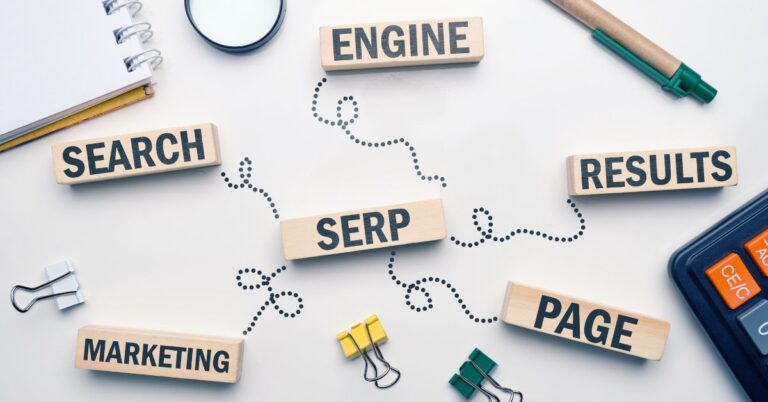
The Ultimate Guide to Search Engine Optimization for Small Businesses
Does search engine optimization have importance for small businesses? In this comprehensive guide, we will delve deeper into the world of SEO and provide small business owners with actionable strategies to improve their online presence and achieve sustainable growth.




